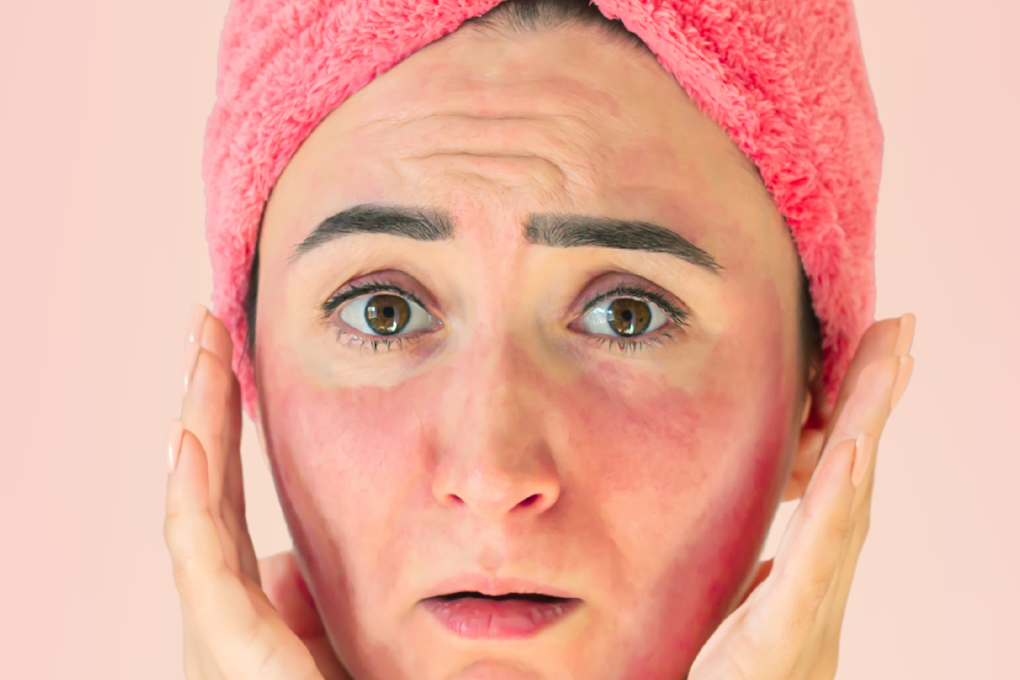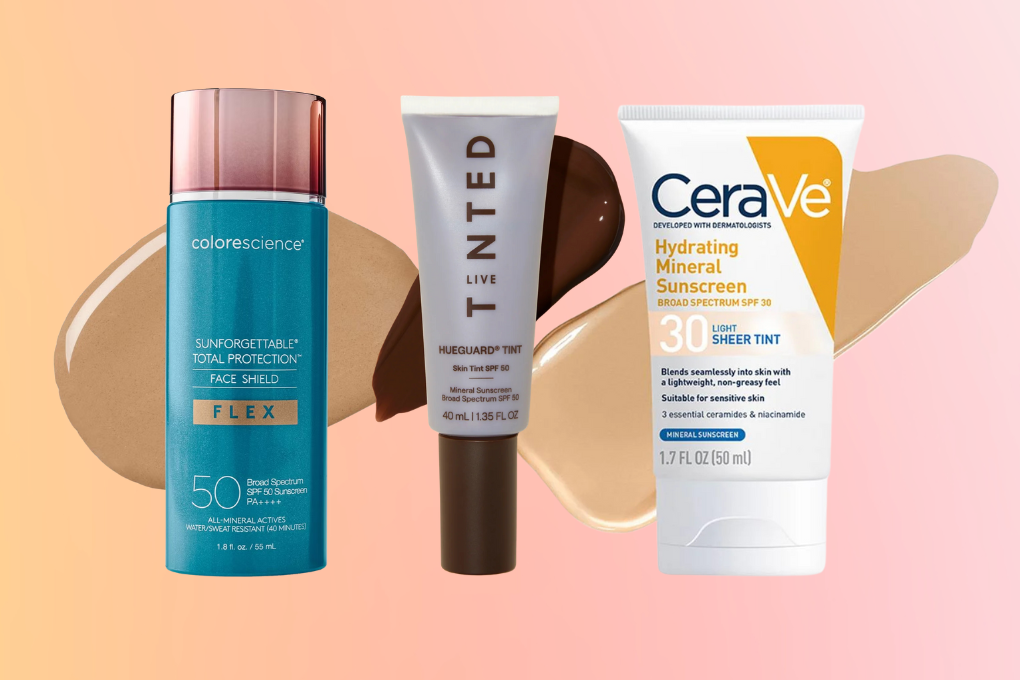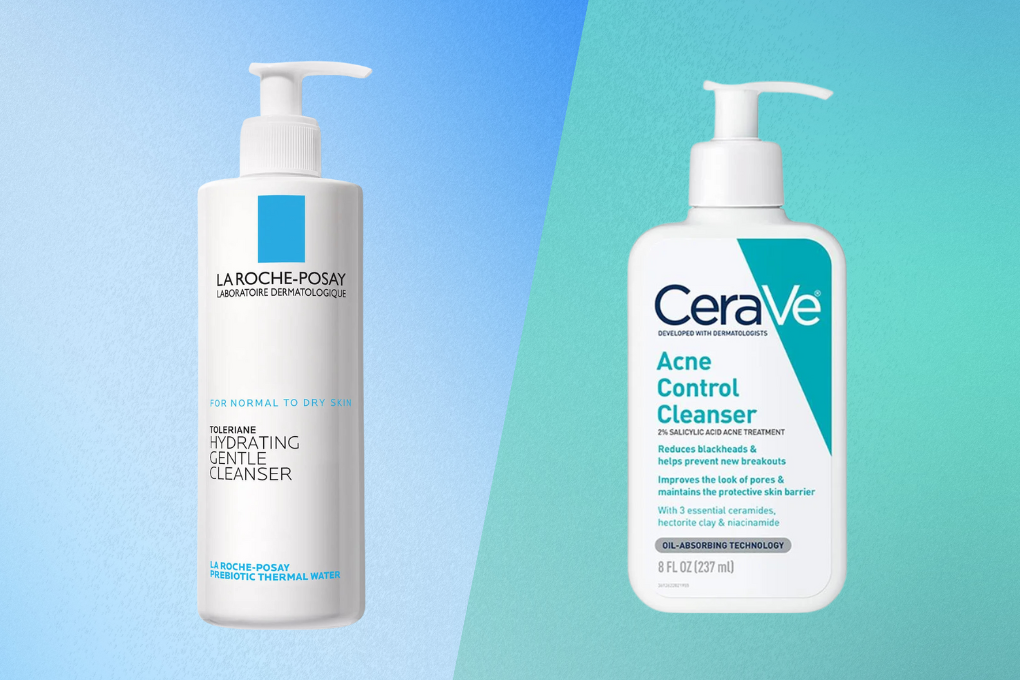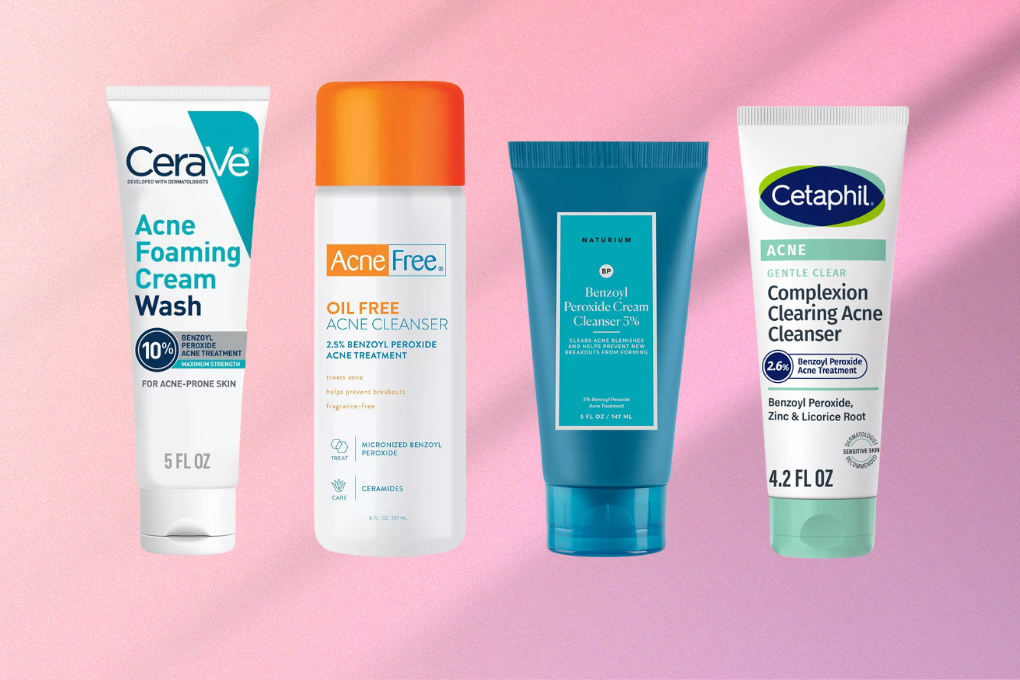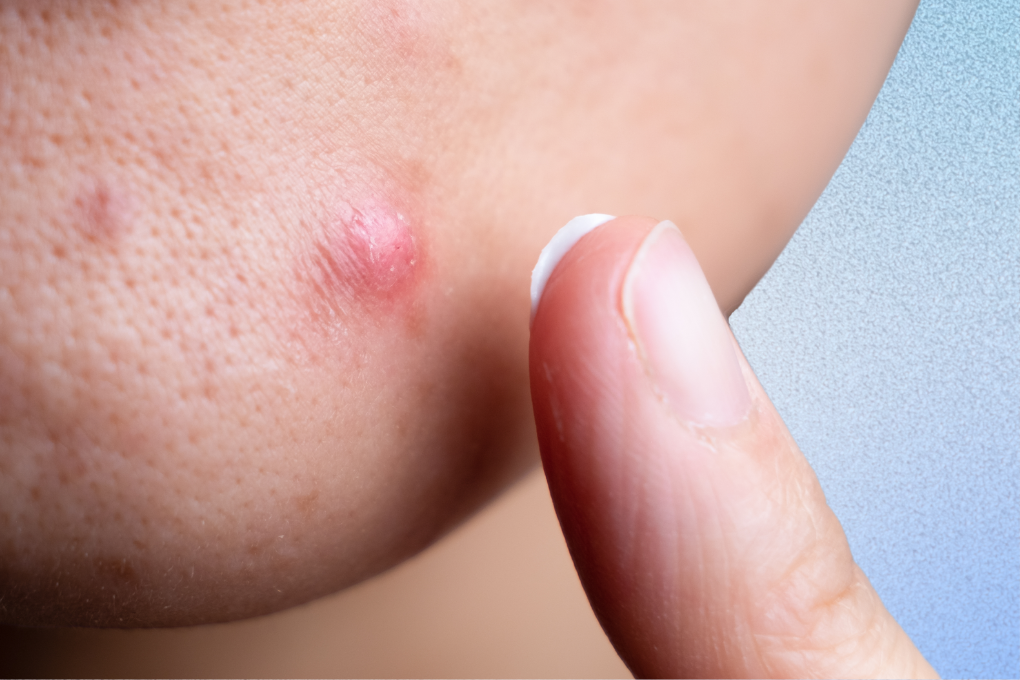You may have seen people wearing futuristic face masks as part of their skincare routine on social media. These LED light therapy masks claim to improve acne, wrinkles, dark marks, and more. But how do they work, and what can they actually do?
What is LED Light Therapy?
LED light therapy is a skincare treatment that uses light-emitting diodes (LEDs) to deliver specific wavelengths of light to the skin, which energizes cells and can promote healing and rejuvenation. The effects of LED light therapy on the skin are based on the principle of photobiomodulation, which is how light influences cell behavior. Light therapy devices tend to be more effective on mild to moderate acne. Those with severe or cystic acne might not see significant improvements and may require prescription treatments first.
As you may remember from science class, different wavelengths of light appear as different colors, like red, blue, and also invisible light, like near-infrared. These wavelengths reach different layers of your skin, where they do different things.
Blue Light Therapy for Acne
Blue light in LED light therapy has shorter wavelengths (around 400-470 nanometers), which gives it a shallower penetration into your skin than red light, mostly affecting the epidermis, or outer layer of the skin. It is particularly effective against acne because it targets the sebaceous glands, which produce oil, and it can kill Cutibacterium acnes (C. acnes), the bacteria that live on the skin and contribute to acne.
Blue light therapy is generally used for shorter periods of time and should be used with eye shields to protect your eyes.
Red Light Therapy for Acne
Red light used in LED light therapy has longer wavelengths (around 630-660 nanometers) and penetrates relatively deep into the skin, up to about 6 mm. It can reach into the dermis layer and stimulate collagen production, which helps skin elasticity and firmness, and can improve the appearance of shallow acne scars. Red light also has anti-inflammatory properties and can improve blood circulation, both of which are beneficial for acne-prone skin. Red light therapy can also help soothe irritation brought on by other acne treatments like topical retinoids.
Near Infrared Light Therapy for Acne
Near infrared light has even longer wavelengths than red light (usually used at around 800-900 nanometers). It’s beyond what the human eye can see, which is why we don’t perceive it as a color. This type of light goes deeper into the skin compared to blue or red light. It is effective in reducing inflammation and improving circulation, which can help in the acne healing process.
Best LED Light Masks for Acne
In the realm of LED light therapy, one of the most accessible treatments is light therapy masks. These wearable devices are designed to sit close to the skin and deliver specific wavelengths of light directly to the skin, targeting acne and its causes. Another affordable option is smaller LED panels. These often come in a tabletop size that can be directed at your face.
Unlike traditional light therapy equipment found in dermatologists’ offices, these devices are generally less powerful but offer the convenience of at-home treatment, making light therapy available to us all. Make sure to read all manufacturer’s instructions, as every device has different safety requirements.
Dr. Dennis Gross DRx SpectraLite FaceWare Pro Red Light and Blue Light LED Therapy Mask
Hooga LED Light Therapy Panel for Face and Body 660nm Red Light and 850nm Near Infrared Light
This Hooga light therapy panel is compact and made for tabletop use with a foldable stand. It has 60 LEDs that emit clinically proven wavelengths: half are 660nm for red light, and the other half are 850nm for near-infrared light. We like this light therapy panel because it is easy to use with a built-in timer and the ability to switch between using just red light, just near-infrared, or both at the same time. In addition to using it to decrease inflammation and promote skin healing for acne, it can also be used on other parts of your body that might need it.
- Compact and easy to use
- Clinically proven wavelengths: 660nm and 850nm
- More affordable than other red light devices, but still an investment
What to Look for in an LED Face Mask?
LED face masks or panels can be expensive, so if you are looking to buy one, there are several important factors to consider to ensure that you get a safe and effective product. Consider your specific skin concerns, any sensitivities, and budget when choosing a light therapy device. Also, think about whether you would prefer to wear a mask or sit in front of a panel, and if you would want to use it anywhere else on your body. Here’s a list of key things to look at:
Irradiance (Light Intensity)
The mask or panel should provide sufficient irradiance to be effective. Look for information on the light intensity, usually measured in milliwatts per square centimeter (mW/cm²).
Wavelength
Check that the mask or panel offers the specific type of light (such as red or blue light) that suits your skin needs. Red light is typically used for anti-aging, collagen production, and inflammation, while blue light targets acne-causing bacteria. Check the wavelength range. Red light is most effective at 630-660 nm, and blue light at around 400-470 nm. Near-infrared wavelengths closer to 800 nm are commonly used as they offer a balance between effective skin penetration without the risk of tissue damage that might happen with higher wavelengths.
FDA Approval
Check if the mask or panel is FDA-cleared, as the market has a wide range of light therapy masks, and not all may meet the same standards of quality and safety. Using a mask that is FDA-cleared can give you some peace of mind regarding its safety.
Treatment Time
Consider the recommended duration of each treatment session. Some masks or panels may require longer or more frequent use for optimal results.
Cost and Warranty
Consider the price and whether it fits your budget. If you are ready to splurge on a more expensive device, check if there’s a warranty or money-back guarantee, which can provide some assurance of the product’s quality.
LED light therapy masks can be an easy and fun way to support acne-prone skin. By utilizing specific wavelengths of light, these masks target acne-causing bacteria, reduce inflammation, promote healing, and, as a bonus, may even reduce wrinkles. However, if you have more severe acne or acne scarring, you would do better to speak to a dermatologist first and use a mask as a secondary at-home treatment.









